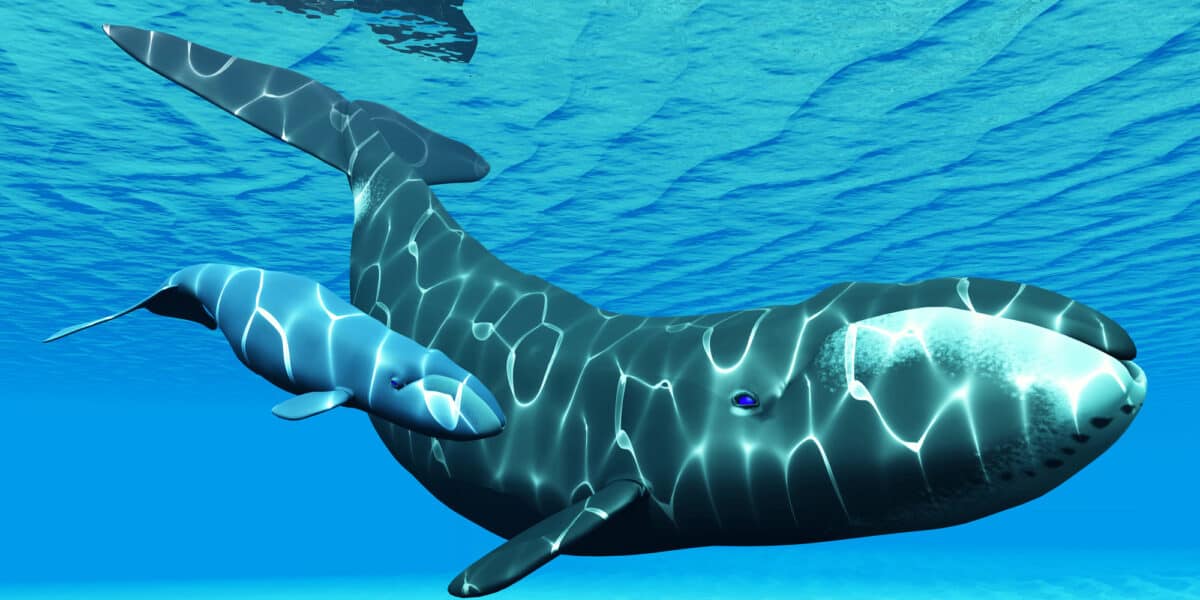In the vast expanse of our planet’s oceans, resides a creature with a mouth so colossal, it stands as a testament to nature’s grandeur. The bowhead whale (Balaena mysticetus), boasting the title of the world’s largest mouth, captivates with its sheer size and remarkable adaptations. Join us as we delve into the depths of this magnificent marine mammal, uncovering its secrets and unraveling the marvels of its existence.
The Enormous Bowhead Whale: A Gargantuan Presence
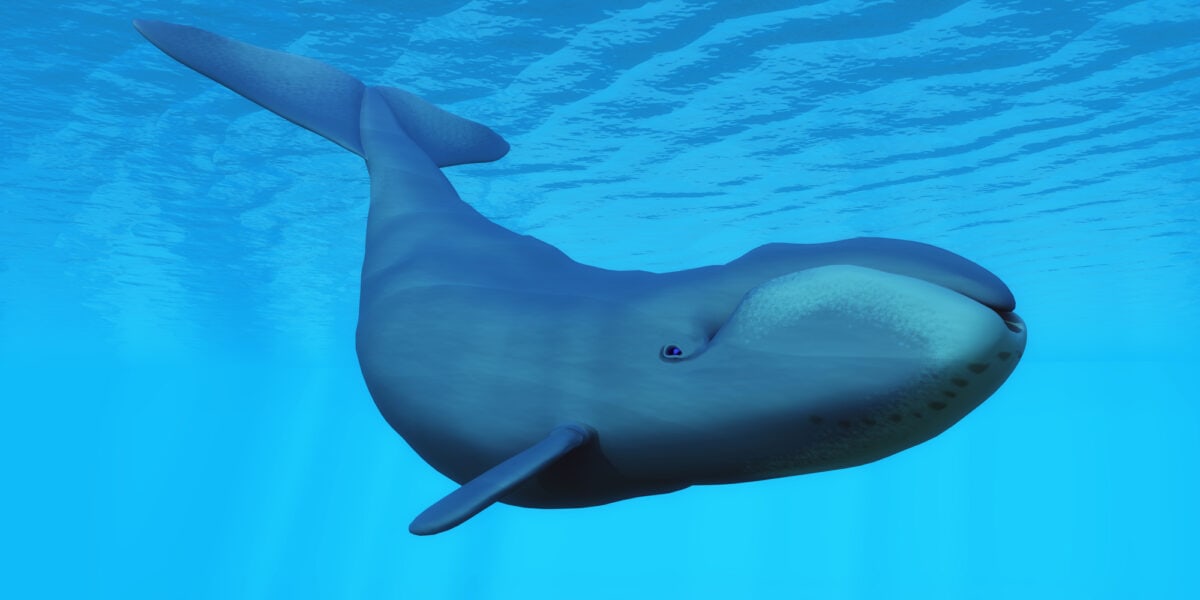
Imagine a mouth spanning up to 16 feet in length, 12 feet in height, and 8 feet in width—such is the colossal jaw of the bowhead whale. Residing predominantly in Arctic and subarctic waters, these majestic creatures navigate icy realms with finesse, equipped with adaptations honed over millennia. With a weight of up to 200,000 pounds and a length of 62 feet, the bowhead whale ranks as the second largest animal on Earth, second only to the magnificent blue whale.
The Baleen Filtering System: Nature’s Ingenious Design

Contrary to what one might expect from a creature with such a vast mouth, the bowhead whale does not employ sharp teeth for hunting. Instead, it utilizes a sophisticated baleen filtering system. Within its cavernous maw, two racks of baleen plates, resembling a massive comb, serve as nature’s sieves, extracting sustenance from the surrounding waters. Each whale possesses around 330 baleen plates, ranging up to 13 feet in length, meticulously engineered to filter krill and other marine invertebrates—a staple of the bowhead whale’s diet.
The Hippopotamus: Terrestrial Titan of Wide Jaws
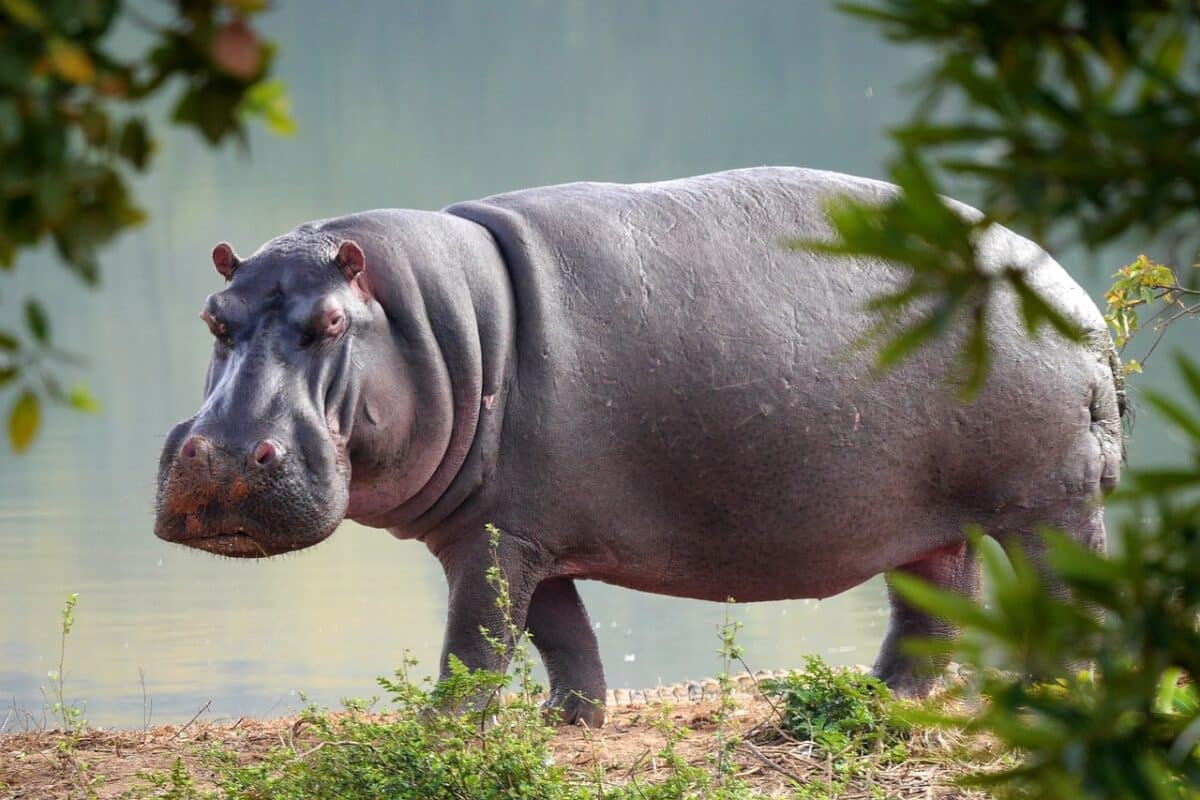
Transitioning from the marine realm to the terrestrial, we encounter another contender for the title of the largest mouth. This is the hippopotamus know as Hippopotamus amphibius. Despite its adaptation to life in water, the hippopotamus is classified as a terrestrial animal. It is indigenous to the lakes and rivers of Africa. What sets the hippopotamus apart is not only the wideness of its jaws but the formidable nature of its dental arsenal.
Unveiling the Hippo’s Formidable Bite
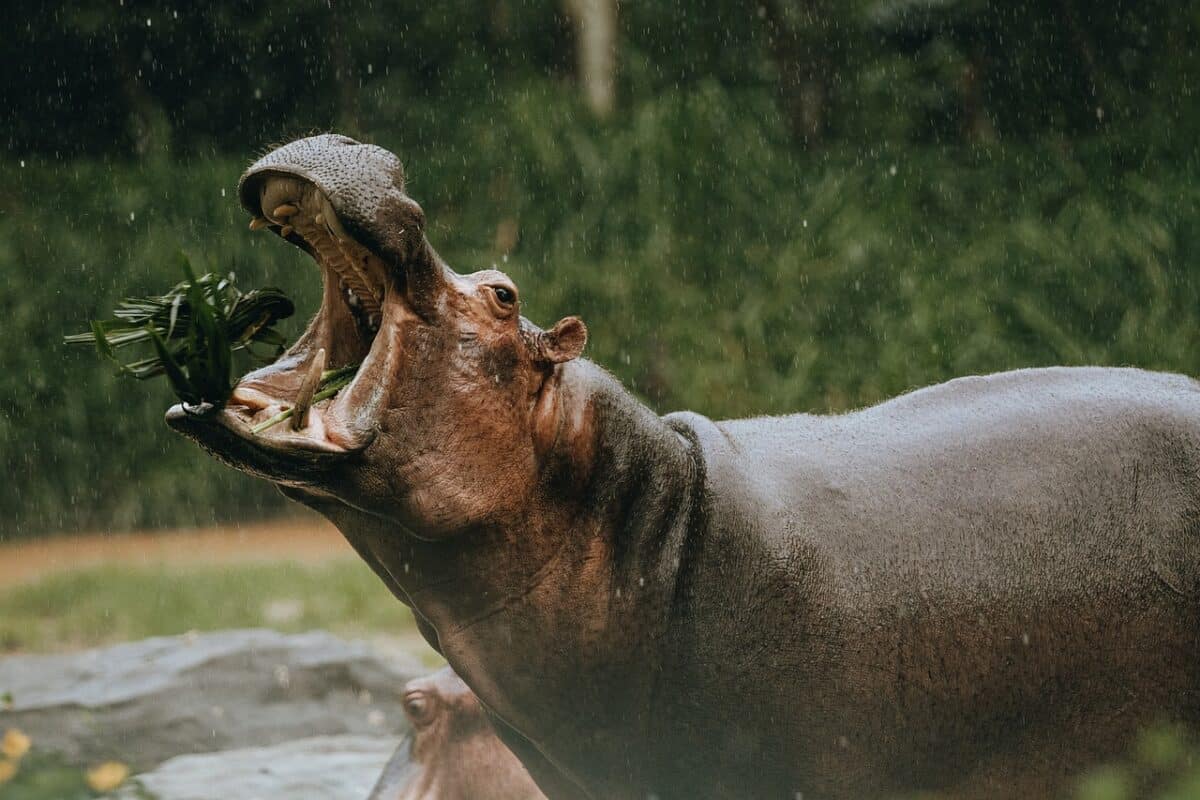
The hippopotamus, renowned for its aggressive demeanor, employs its vast mouth and elongated canine teeth primarily for self-defense. They are capable of opening their jaws to an impressive 180 degrees. An adult male hippo can extend its mouth to a width of approximately 4 feet. This impressive display serves as a deterrent against adversaries. Thus, with sharp teeth reaching lengths of up to 20 inches, continuously growing throughout their lives.
Wrapping Up with the World’s Largest Mouth
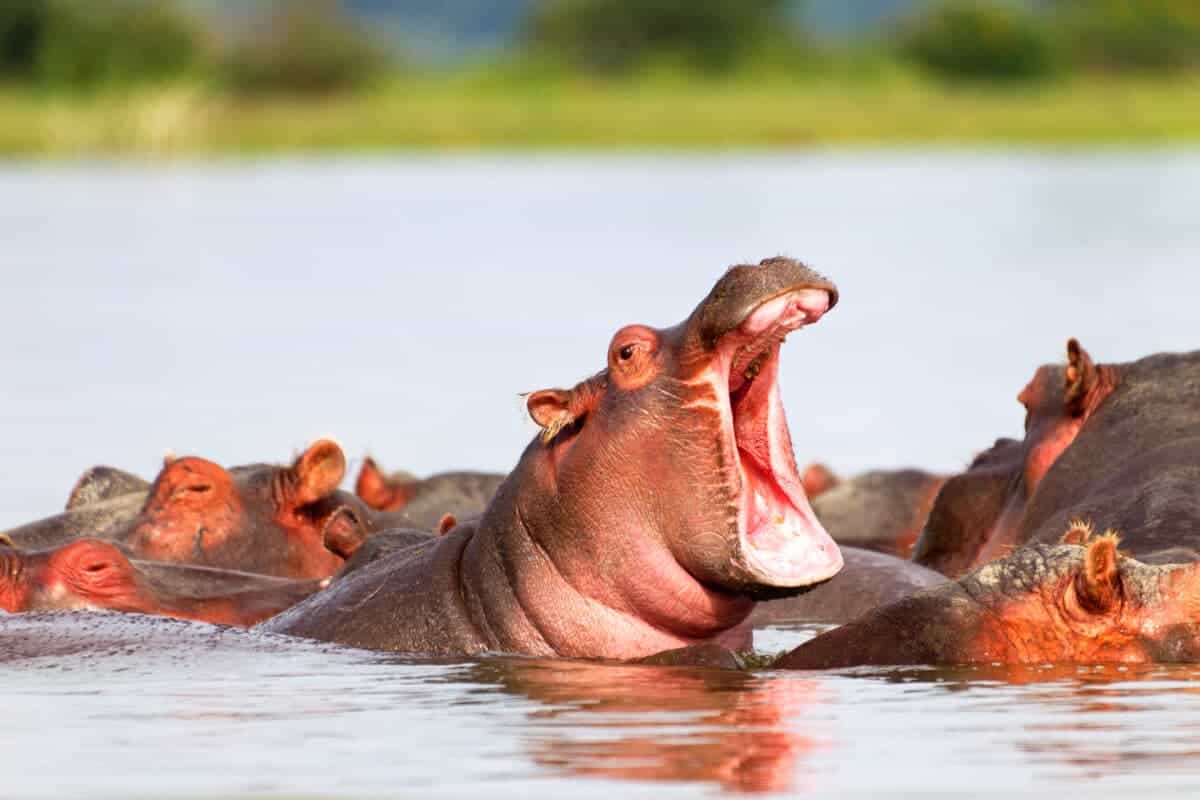
In conclusion, the bowhead whale and the hippopotamus stand as remarkable examples of nature’s ingenuity. Additionally, each endowed with unique adaptations tailored to their respective environments. From the icy waters of the Arctic to the plains of Africa, these creatures exemplify the diversity of life on Earth. As we continue to unravel the mysteries of the natural world, let us marvel at the magnificence of its inhabitants. From the largest mouths to the tiniest microorganisms, each playing a vital role in the intricate tapestry of life.
Thank you for following along with this article –
Next up in the animal kingdom:
Join our Forum for free today!

- Big Cats Love Mouthing Affection - July 22, 2024
- Kind Elephant Merciful To Lion Cubs - July 22, 2024
- Beachgoers Save Massive Shark Stranded In Florida - July 22, 2024

